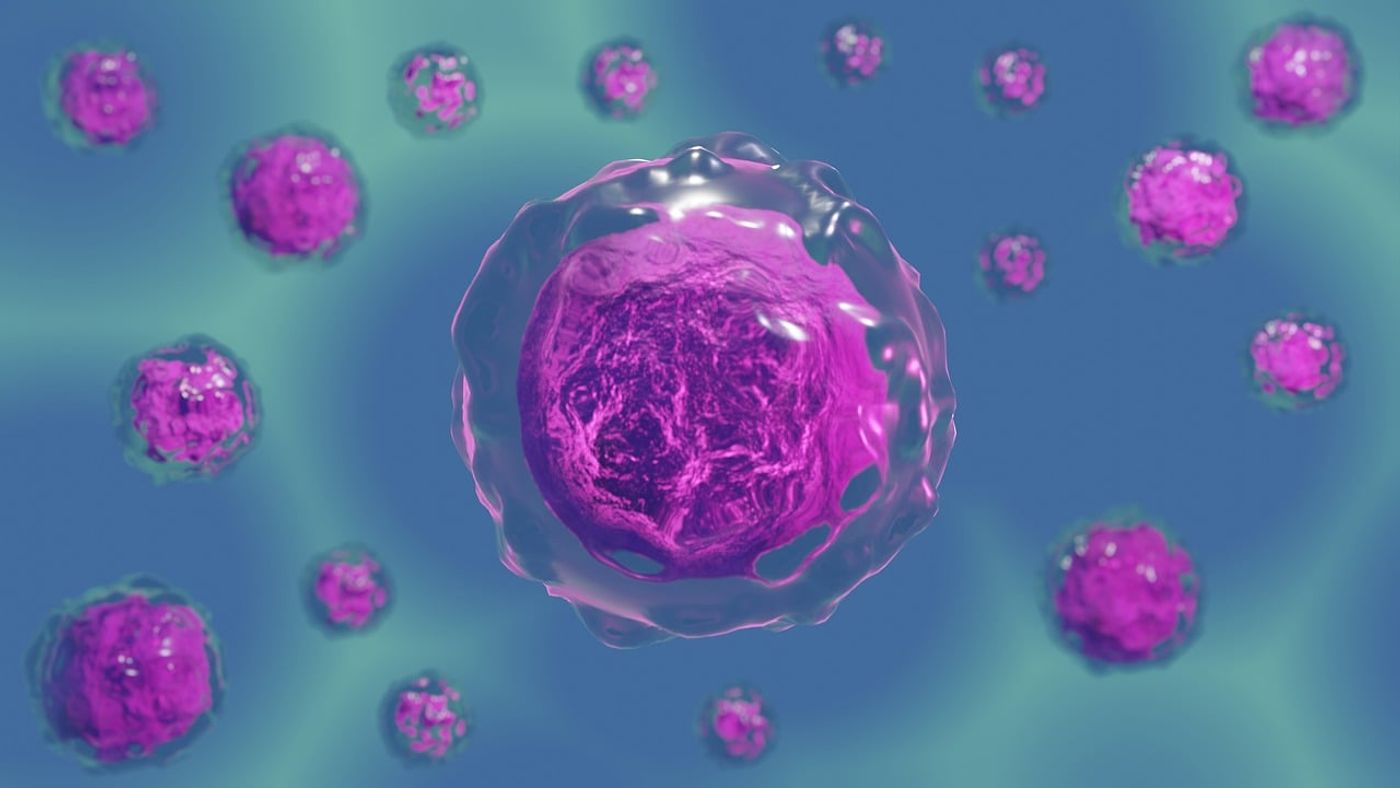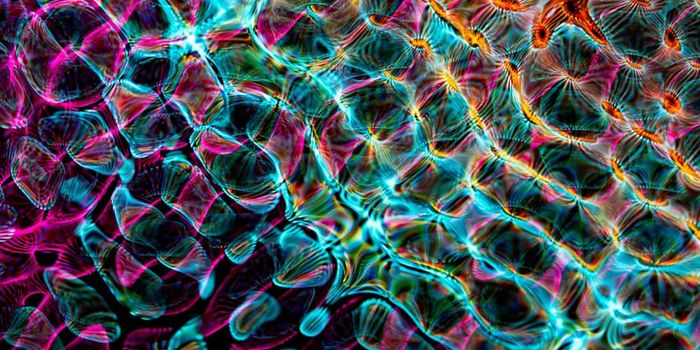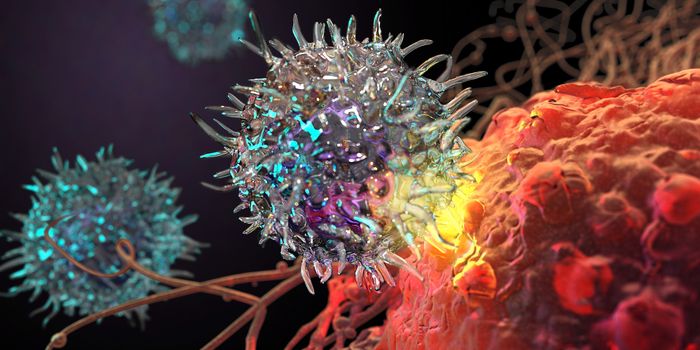New Mechanism of Tumor-Driven Immunosuppression Identified
One strategy tumors use to ensure survival involves interfering with our inherent immune response. Effective anti-tumor immunity should identify and eliminate foreign, damaged, or dying cells before they can develop into tumors. However, cancer has evolved to suppress the mechanisms that underlie the immune response’s ability to kill these cells. This process, known as immunosuppression, represents a critical factor in the development and progression of cancer.
Understanding how tumors suppress the anti-tumor immune response can help researchers devise new strategies and targets for new novel treatment approaches. Myeloid-derived suppressor cells (MSSCs) represent a significant subset of immune cells known to suppress anti-tumor immunity. The tumor microenvironment (TME), the cells and molecules surrounding the tumor, elicit inflammation and can recruit MDSCs to elicit immunosuppression and help the cancer survive. Notably, the presence of MDSCs in the tumor correlates to resistance to many immunotherapeutic treatment approaches, creating a significant clinical challenge.
A particular type of MDSC, polymorphonuclear MDSCs (PMN-MDSCs), represent a subset of neutrophils, immune cells that mainly support innate immunity and quickly respond to foreign cells. While scientists have identified and made advances toward understanding the immunosuppressive mechanisms of PMN-MDSCs, where they come from remains unknown. A recent study published in the journal Proceedings of the National Academy of Sciences (PNAS) aimed to discover the origin of these elusive immunosuppressive neutrophils.
The study demonstrated that neutrophils recruited to the TME in response to inflammation remained active and functional for several days. The researchers showed that these neutrophils entering the tumor expressed immunosuppressive markers. Significantly, the immunosuppressive neutrophils suppressed the CD8 T cells, which kill cancer cells. This was confirmed through a series of in vitro and in vivo experiments, providing robust evidence for the study's findings.
By combining neutrophils with the medium containing secretions from cancer cells, the researchers found lipid mediators that led to the differentiation of immunosuppressive neutrophils. Specifically, platelet-activation factor (PAF), an inflammatory mediator, induced the development of immunosuppressive neutrophils.
Finally, the researchers examined a PAF-related enzyme, Lysophosphatidylcholine acyltransferase 2 (LPCAT2), in specimens from patients with pancreatic cancer. They found that LPCAT2 was significantly upregulated in these patients and correlated to poor survival. This suggests that LPCAT2 may play a key role in tumor-driven immunosuppression and could be a potential therapeutic target for cancer immunotherapy.
The authors conclude that PAF represents a mechanism promoting MDSC differentiation within the TME. This finding underscores the need for future research focusing on PAF as a target for cancer immunotherapy. If successful, this approach could effectively prevent tumor-driven immunosuppression, allowing more effective anti-tumor immunity and immunotherapy responsiveness.
Sources: PNAS









